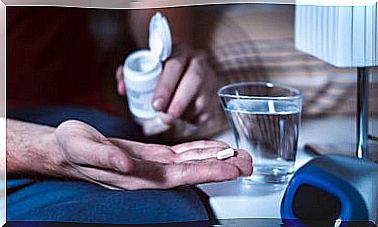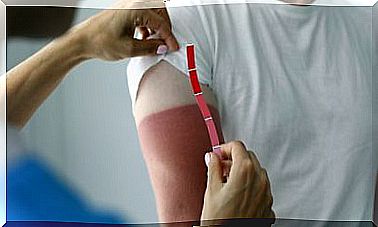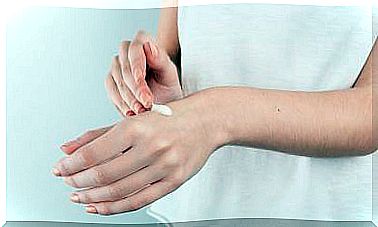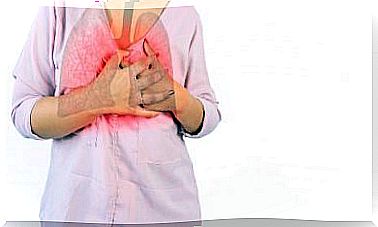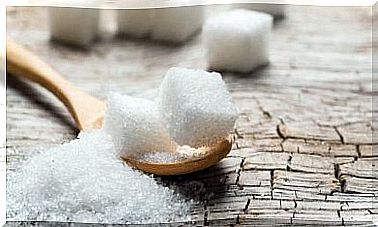Thalassotherapy: Uses, Types And Benefits
Thalassotherapy consists of the therapeutic use of sea water and other elements of the marine environment, such as algae, sand, mud or the breeze itself. The word comes from the union of the Greek term thalassa , which means ‘sea’, and therapia, which refers to ‘cure’.
Its origins date back to ancient Greece, in the writings of Hippocrates, who recommended the use of sea water to alleviate some ailments. Later, in the Roman Empire, soldiers used hot seawater baths to recover from battles.
This therapeutic technique spread throughout Europe, especially in Italy, England and France. However, at the beginning of the 20th century its usefulness could be studied and the first official thalassotherapy center was established: the Rochroum Marine Institute, located in France.
Uses of thalassotherapy
The underlying principle of thalassotherapy is that repeated immersion in warm seawater, and application of sea mud and algae, would contribute to the body’s natural chemical balance. This is because the skin would absorb the minerals it needs (magnesium, potassium, calcium, sodium, and iodine).
Likewise, it is assumed that seawater contains substances similar to blood plasma. In the marine liquid there is a greater amount of sodium chloride, magnesium chloride, potassium and other elements. This similarity would favor the absorption of substances through the body, as a way to maintain homeostasis.
To guarantee the success of this technique, it is important that the place has the necessary hygiene measures and specialized personnel. For this, the water used must be taken away from the seashore, purified and sterilized.
Thalassotherapy indications
Thalassotherapy is recommended to address a number of conditions, including body aches, skin conditions such as psoriasis, rheumatism and osteoporosis, tendonitis, and low back pain.
It is also recommended for circulation problems, such as bruises, varicose veins, and recurrent nosebleeds. Its prescription is not less when there are emotional conditions that are linked to stress and depression.
For its part, this therapeutic technique is not recommended in cancer, severe hypertension, feverish symptoms and psychosis.

Types of thalassotherapy
Thalassotherapy includes a series of therapeutic techniques that take advantage of the properties of the marine elements to improve health and physical appearance. The forms of application are varied and we will tell you about them.
Sea water hydrotherapy
It includes baths in tubs, either hot or cold (37 degrees Celsius), whirlpools, infusion sprays and underwater showers. These techniques are aimed at relaxing the body, stimulating circulation, alleviating respiratory system problems, and improving muscle tone.
Algotherapy
It consists of the use of fresh or dried seaweed. They are usually incorporated into hot seawater baths or applied as thin wraps on the skin.
Seaweed is rich in minerals, proteins, and minerals. They have a revitalizing, antioxidant and disinfectant action. In addition, they help to tone muscles, drain fluids and help in the treatment of skin problems.
Marine climatotherapy
Take advantage of the properties of the marine environment, rich in iodine, ozone and minerals. This would help the respiratory system and the skin. Also, sea air has relaxing effects to calm and improve mood disorders.
Hydrocisnotherapy
It consists of performing therapeutic exercises in seawater, especially in a pool prepared for it. It is usually oriented to the treatment of physical ailments.
Psamotherapy
It consists of covering the body with hot sand. The purpose is to relieve joint or muscle conditions, providing heat to the affected area of the body. In addition, the trace elements and sea salts in the sand benefit the muscular and skeletal structure.
Peloidotherapy
In this case , peloids are used, such as sea mud, algae, clay and limestones. These are elements rich in minerals, vitamins and proteins.
They are usually applied to treat conditions in the musculoskeletal system (arthritis, osteoarthritis) or skin (acne, psoriasis, dermatitis).
Main benefits of thalassotherapy
So far we have investigated the properties and forms of thalassotherapy. But what does the scientific evidence say about its benefits? Let’s see.
Relieves fatigue, stiffness and muscle pain
There is evidence to suggest that thalassotherapy has a positive effect on fatigue and recovery from muscle damage. This contributes to improving the health and quality of life of those who suffer from these conditions.
For its part, it has been shown that aerobic exercises in seawater provide more advantages than other modalities. They cause an improvement in the emotional state of patients.
Promotes circulation
Seawater therapy improves blood circulation, which in turn helps relieve muscle spasms and replenish the body with oxygen and nutrients.
For its part, a study showed that the algae used in thalassotherapy improve circulation when applied in cosmetics.
Relieves joint pain
Another benefit is the relief of joint pain and increased movement in the joints. There is evidence that aquatic treatment, including thalassotherapy, improves the function of the joints between bones. It also increases relaxation and promotes a positive mood.
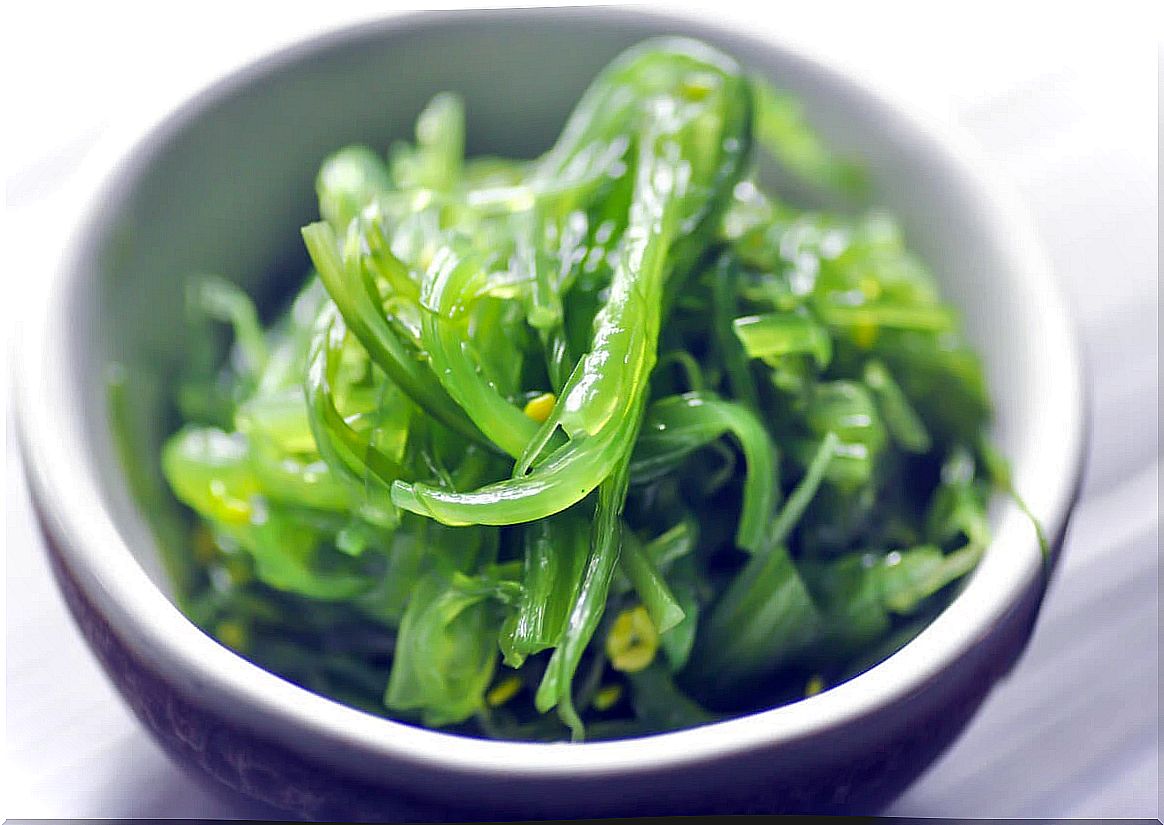
Improves skin conditions
Thalassotherapy also contributes to the relief of a number of skin conditions. The minerals and trace elements present in the marine environment provide the substances necessary to soothe skin irritation (in cases of psoriasis and dermatitis) or accelerate wound healing.
Stimulates emotional processes
There is evidence that thalassotherapy, combined with sleep management techniques, reduces daytime sleepiness, improves mood and cognitive function, lowers levels of anger, stress, and depression. At night it increases the quality of sleep and relieves anxiety.
Consult a professional before doing thalassotherapy
If you suffer from any condition and want to apply this therapeutic technique, the ideal is that you first consult a health specialist. He will know how to give you the appropriate orientations and indications according to your case.
Remember that there are contraindications. Also, be sure to go to specialized centers that guarantee hygiene and procedures.
However, if you do not suffer from a serious condition and want to benefit from the marine environment, just sign up for a trip to the beach, breathe in the breeze and relax. In these cases, don’t forget to use a good sunscreen.
